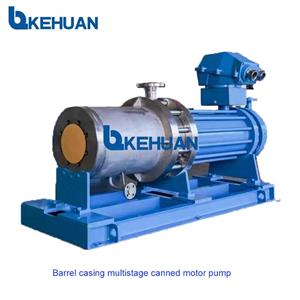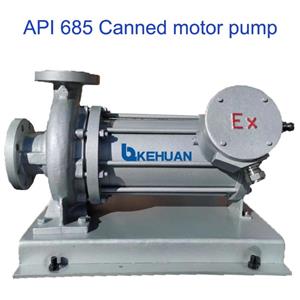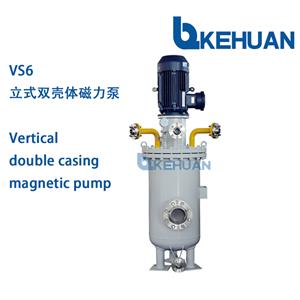The Growing Trend Toward Magnetic Drive Sealless Pumps in the Middle East
Each year, billions of dollars are spent on pumps used to introduce raw materials into various production processes or transfer liquids for storage or shipment to end users. Most pumps in service today feature mechanical seals, which are widely regarded to be the weakest point in the pumping system. More than 85 percent of pump repairs typically start with seal or bearing failures.
For more hazardous applications, double mechanical seals help to prevent leaks, but they are expensive to maintain and repair. They often require a support system that needs a pressurized buffer tank to maintain higher pressure on the barrier fluid between the seal and the pump's stuffing box, plus piping and control systems that increase the size of the skid and the number of parts that must be maintained. Although double mechanical-sealed pumps should perform reliably for long periods of time, they inevitably require maintenance and eventual replacement. Replacing seals can be inconvenient, and the total costs add up in a number of ways.
When measuring the costs of a leak in a chemical processing application, a good starting place is the lost productivity associated with service and repairs. Although pumps are often installed in pairs, taking a pump out for maintenance poses risks to a continuous production process, especially if the spare pump develops similar problems while the first pump is being serviced. Perhaps more important is the impact that leaks can have on employee health or environmental safety and the penalties, liabilities and remediation costs that come with chemical cleanup efforts.
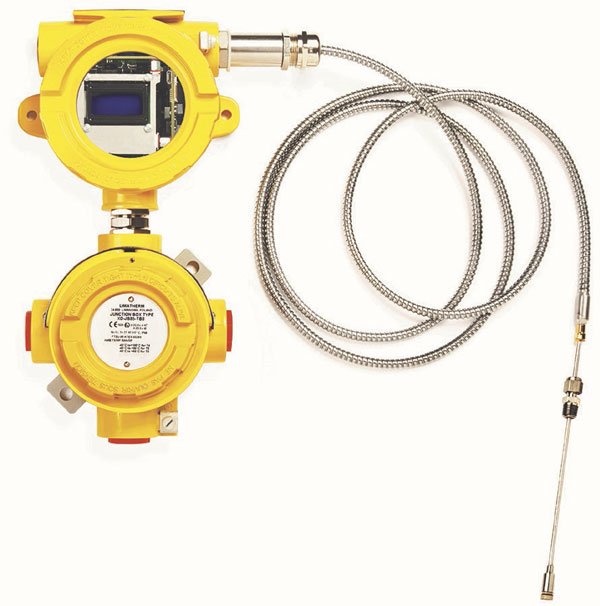
Image 1. One device uses ultrasonic technology to monitor the process liquids that lubricate the bearings in the sealless magnetic drive pump.(Images courtesy of Sundyne)
For these reasons, a growing number of companies across the Middle East are taking a closer look at sealless magnetic drive pumps. Sealless magnetic drive pump technology has been around for more than nearly 70 years, but it is only now starting to see rapid growth. Companies are beginning to recognize sealless magnetic drive pump advantages in terms of safety, reliability, simplified maintenance and lower overall costs. Many sealless pumps available today also comply fully to the commonly referred industry standards such as American Society of Mechanical Engineers (ASME) B73.3 and American Petroleum Institute (API) 685.
Environmental Protection & Safety
A $20 billion petrochemicals complex in Saudi Arabia requires hundreds of pumps to transport feedstocks into a massive tank farm. They also need other pumps to move the feedstocks into various chemical processing applications on a daily basis.
Many of the process fluids being transferred are carcinogens (such as benzene) and other harsh products. Ensuring that site personnel, the surrounding community and the environment are not harmed is a priority for the plant operator. Over several decades, this company has gained vast experience with different types of pumps. This experience has taught them that the safest way to avoid seal leaks is simply to remove the seals, so sealless magnetic drive pumps have been incorporated into their systems for several transfer operations
When Reliability & Product Containment Are Non-Negotiable
A national oil company in the Middle East that also produces petrochemicals is one of the biggest adopters of sealless magnetic drive pumps in the region. Their daily activities rely on high-value chemicals, caustics, acids and solvents that are used in many production processes.
While the chemicals used are critical to the production process, they are dangerous and potentially life-threatening to site personnel if not handled properly. For this reason, companies mandate that pumps withstand highly dangerous substances with zero leakage.
Some applications span the full hydrocarbon chain, posing different challenges to pump seals. Sealless magnetic drive pumps have been able to overcome these issues through a containment shell design that vastly increases the pump's reliability. Previous containment shells were initially made of metal, but new technologies enhance the benefits of sealless magnetic drive pumps.
One containment shell eliminates magnetic losses and heating of the process fluid. This facilitates greater efficiency with reduced power consumption required by the motor. The latest containment shells are engineered from proprietary materials that were initially developed for military aircraft construction. This nonmetallic composite material offers a range of benefits such as high tensile strength and temperature ranges from minus 100 C to 120 C. Resistance to a wide range of chemicals, resistance to thermal shock, as well as the elimination of eddy current heating and any resulting vaporization of the product in the rear of the pump. As a result, these containment shells can endure the rigors of a wide range of process applications.
Detecting & Preventing Pump Failures
New sensing and monitoring technology used in sealless magnetic drive pumps helps operators prevent pump failures by identifying them before they happen. One device uses ultrasonic technology to monitor the process liquids that lubricate the bearings in the sealless magnetic drive pump, ensuring they remain vapor-free. If the gas is detected in the process fluids, the technology can alert engineers in time to take remedial action before the pump runs dry and damages the internal bearings. An intuitive user interface enables engineers to view and analyze recorded data.
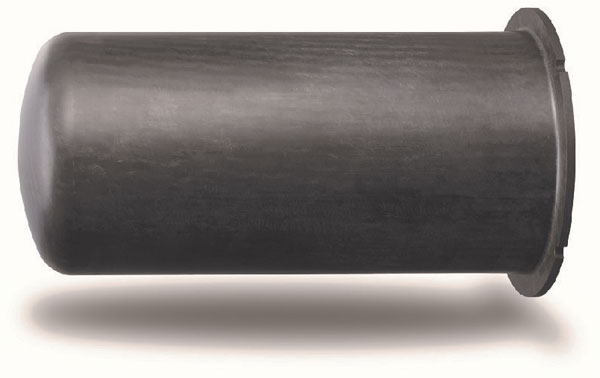
Image 2. A nonmetallic composite containment shell
The technology can also be retrofitted onto many existing sealless magnetic drive pumps, enabling the early detection of vapor, ensuring correct priming and venting, thus extending the longevity of the sealless magnetic drive pump.
This national oil and petrochemical company is currently using sealless magnetic drive pumps for a variety of applications, including caustic soda, sour water, aromatics and acids. Each of these applications pose challenges for sealed pumps, which are best overcome by adopting sealless magnetic drive pump technology.
Investment in Sealless Magnetic Drive Pumps Lowers Total Project Costs
As one of the airports in the Middle East underwent expansion, the engineers and consultants created specs for the pumping infrastructure that would be used to transport jet fuel in and out of storage tanks. Given the flammable nature of the product, the high temperatures at the location and the environmental risks associated with transporting a flammable product, the sealless magnetic drive pump option made sense.
For this application, submersible sealless magnetic drive pumps were embedded directly into the tanks, which sit underground, to protect them from the sun's heat and to provide greater safety and security. Other sealless magnetic drive pumps are being used to transport the jet fuel into the tanks and fill the fuel hydrants that service aircraft at the airport.
When engineers conducted cost/benefit studies during a 20-year period, they determined that sealless magnetic drive pumps would cost less than half of what double-sealed pumps (with the support infrastructure and the human intervention needed for maintenance) would require. The spare parts inventory can also be kept to a minimum, which has helped to further reduce the project's overall budget.
Looking Forward
Each year, billions of dollars are spent on pumps of all shapes and sizes, yet less than 5 percent of these pumps are sealless. Why is this the case?
Perhaps it has something to do with the conservative nature of the oil and gas and petrochemical industries. Perhaps it is due to the inertia associated with "newer" technologies, as few companies, if any, are interested in purchasing something that is considered drastically different.
Fortunately, sealless magnetic drive pumps are not new. They have been around for decades, and some of the largest companies in the world have established lengthy track records solving difficult problems with sealless magnetic drive pumps. The industry has also reached a 30-year time horizon where it is possible to compare the full life-cycle costs of sealless magnetic drive pumps and sealed pumps.

